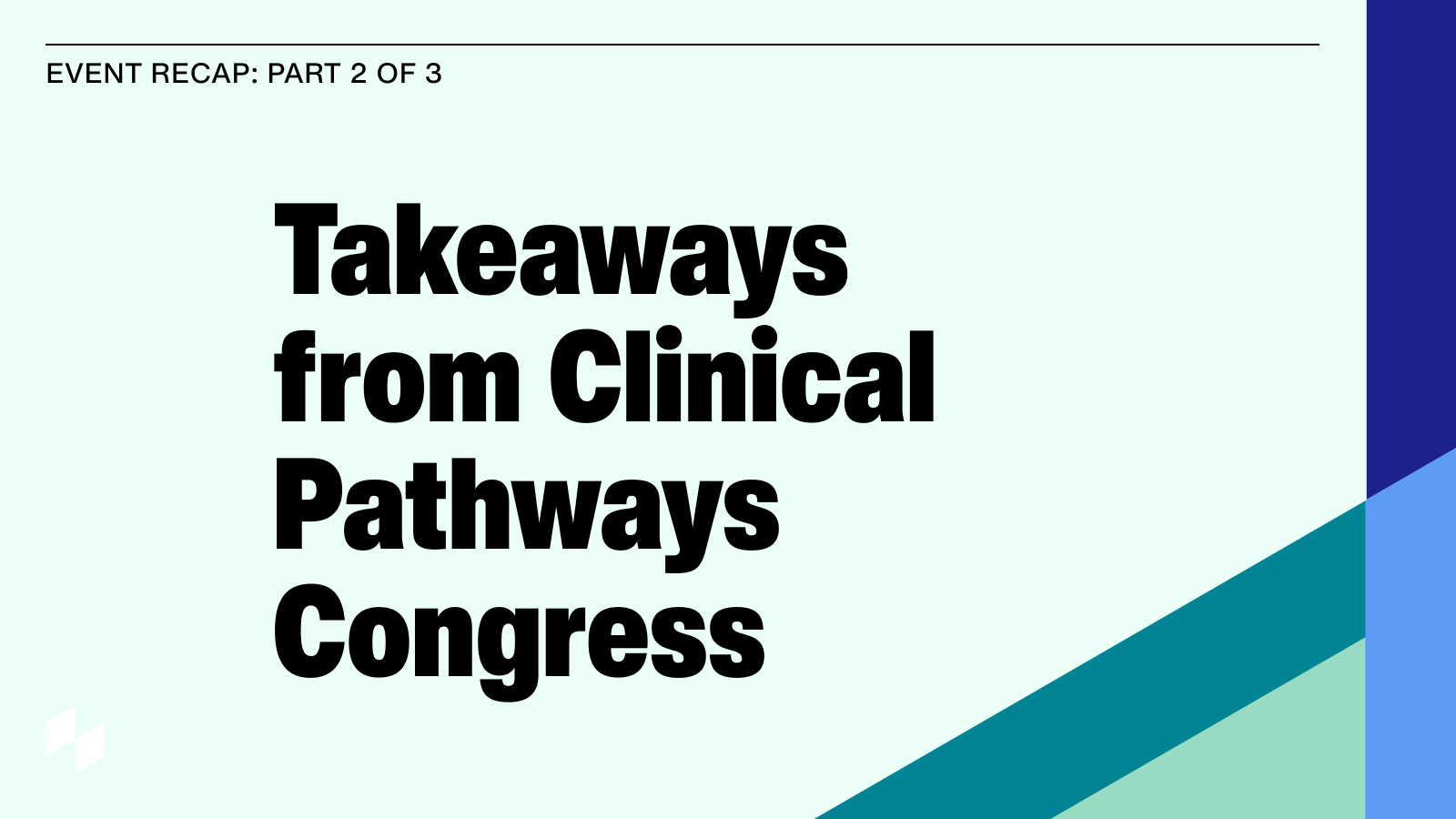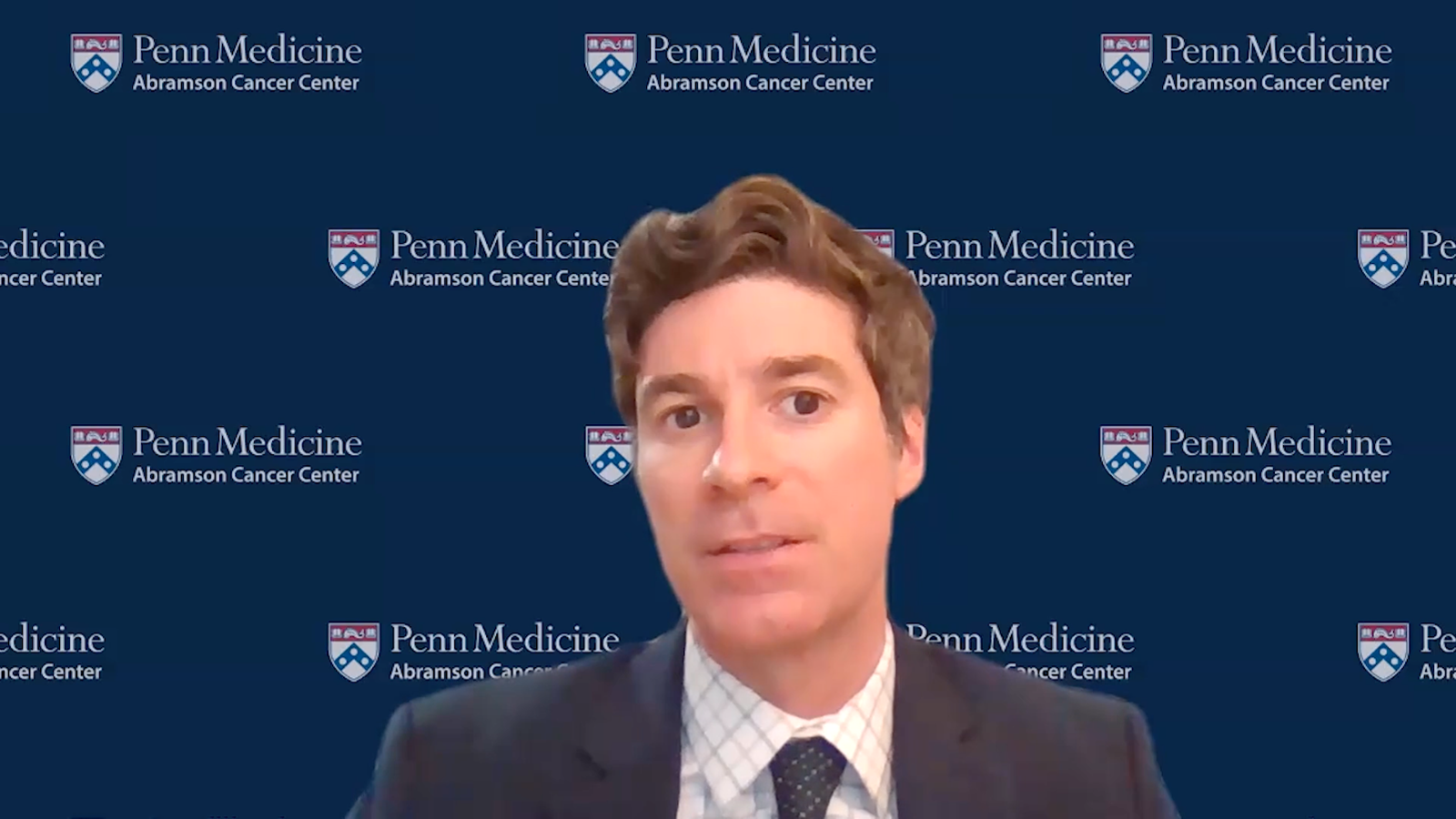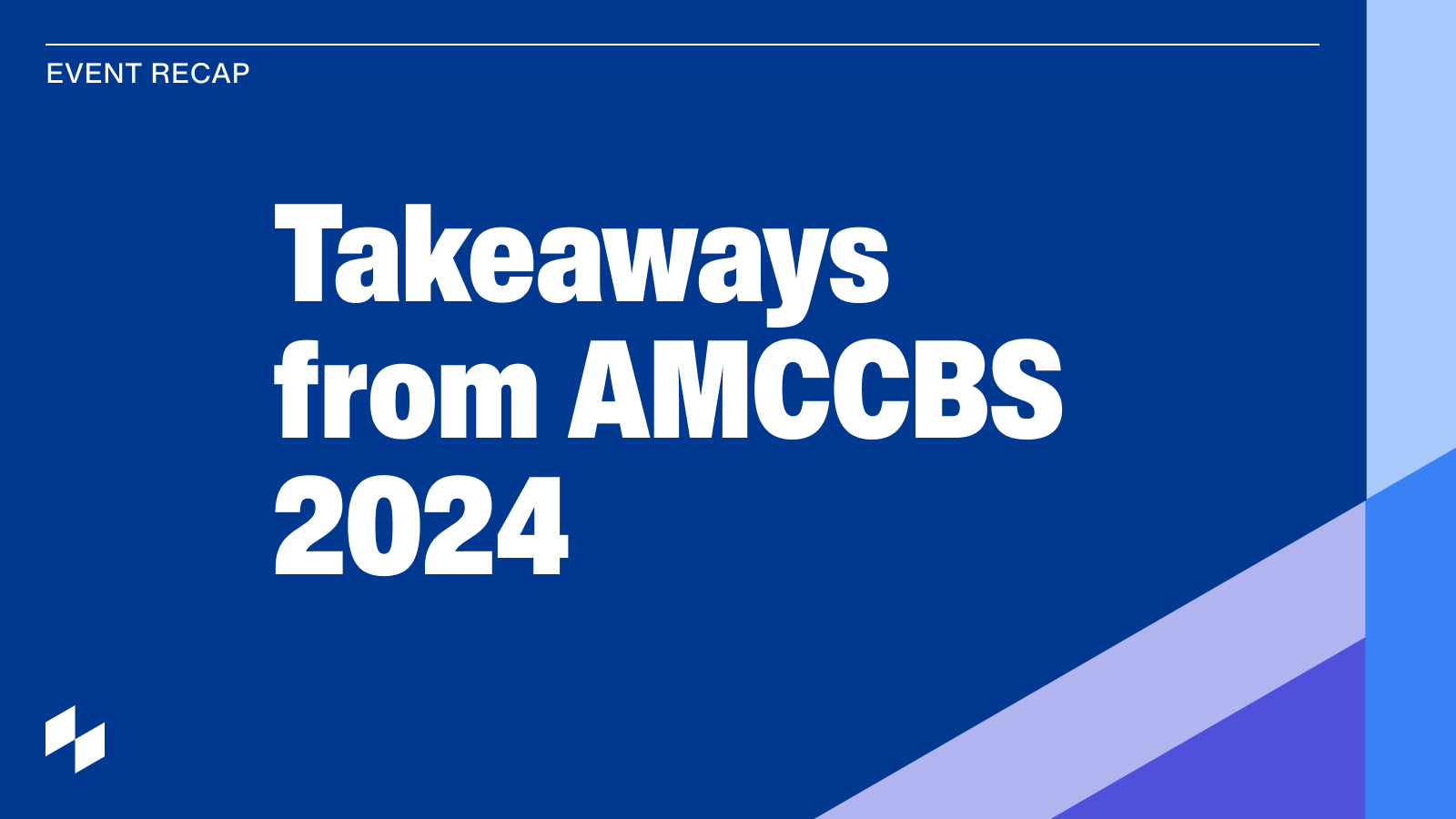Embedding NCCN content and other resources into an analytics and clinical decision support platform, such as Flatiron Assist, can help cancer centers gain visibility into provider decision making – and support oncologists with detailed guidance highlighting suggested care pathways.
Steady innovation is the hallmark of the modern oncology landscape. Researchers and clinicians are constantly trialing new therapies – and reviewing current practice standards – to bring life-changing benefits to patients with cancers that could not have been treated so effectively even just a few years ago.
It’s an exciting time to be a practicing oncologist. But it’s also a challenging one.
Keeping up with the barrage of newly approved drugs, label expansions, and updates to clinical guidelines is no easy task for physicians, especially generalists who handle many different types of cancer on a daily basis.
Oncologists need a helping hand: one that can surface the latest and most accurate treatment information within their existing workflow so clinicians can make informed decisions based on the unique needs of each of their patients.
The best way to equip oncologists with the data they need is by combining the most current guidelines with intuitive technology to present appropriate treatment options at the point of care, agreed a panel of oncology experts in a webinar hosted by Becker’s Healthcare.
Coping with a flood of information on the latest thinking for cancer care
The National Comprehensive Cancer Network (NCCN) currently has 84 guidelines for different cancer types that cover cancer type specific treatment recommendations, screening, early detection supportive care, and treatment in special populations like older adults or adolescents and young adults, explained Wui-Jin Koh, MD, Chief Medical Officer at NCCN.
“Whenever there is a practice-changing development, we strive to have those guidelines updated within two weeks of publication,” he said. “It’s critical to be as quick as possible, but that does make it challenging for oncologists to manage everything they ought to know about making decisions with their patients.”
A thorough understanding of peer-reviewed guidelines is part of the foundation of high-quality cancer care, added James Hamrick, MD, MPH, a practicing oncologist and VP of Clinical Oncology at Flatiron Health.
“When a patient comes to see their doctor, whether it’s at an NCI-designated cancer center or a rural community practice, they are trusting that their doctor has the tools and knowledge to give them the best treatment possible,” he said.
“Even if you have time to go to ASCO every year, do tumor boards, read all the journals, and talk to colleagues, you’re going to have to depend on more than just your own capacity and your memory to meet those patient expectations. There is an enormous opportunity for technology to layer seamlessly into a busy clinician’s workflow and provide appropriate nudges to support clinicians and reduce variations in care.”
Integrating evidence-driven care into the decision-making process
NCCN convenes oncology specialists from 32 leading cancer centers, as well as survivorship experts and patient advocates, to develop its world-recognized guidelines. The not-for-profit alliance shares this information in a variety of ways, including through its Compendia products, says Crystal Denlinger, MD, FACP, Chief Scientific Officer at NCCN.
“We have a library of compendia that cover drugs and biologics, biomarkers, imaging use, and radiation therapy,” Denlinger said. “Each of these is a searchable database of all the affiliated content in the guidelines, so oncologists, payers, and other healthcare stakeholders can develop a really deep understanding of a disease or a treatment option and the evidence around it. The Compendia products are updated alongside the guidelines on a very frequent basis, so the data remains aligned across resources.”
“NCCN also has patient guides that are derived directly from the clinical practice guidelines,” Denlinger added. “These are meant to be used by a patient, in conjunction with their provider who is using the clinical practice guidelines, to help them understand the various decision points and the components of care from diagnosis all the way through survivorship.”
Using these resources to guide decision-making is crucial, particularly as health equity in cancer care becomes a more prominent goal for the healthcare ecosystem, noted Hamrick.
“We need all the tools we can get to surface NCCN content and other clinically relevant decision support content right there at the point of care,” Hamrick said. “It’s important we understand how care providers make their decisions and be able to measure concordance with guidelines, so we can identify disparities and unwanted variations and address those in the context of health equity.”
Embedding NCCN content and other resources into an analytics and clinical decision support platform, such as Flatiron Assist, can help cancer centers gain visibility into provider decision making – and support oncologists with detailed guidance highlighting suggested care pathways.
“It’s important to note that no one’s concordance with guidelines or pathways is going to be one hundred percent,” pointed out Hamrick. “There will always be cases in which it’s appropriate to do something different, and oncologists need to have the ability to use their clinical judgment for those situations.”
“The point is that we need to be able to understand why those decisions are being made so we can drive everyone to the highest value of care, including populations that have been historically underserved and are experiencing disparities in their cancer outcomes.”
Harnessing decision support technology to actively assist oncologists
Whether practicing at a large academic health system or a small community cancer center, all oncologists – and their patients – deserve access to top-quality, industry standard information available directly within the workflow.
The Flatiron Assist team works very closely with NCCN to ensure that the technology represents the content and fully incorporates the latest information as quickly as possible.
“We not only incorporate the guidelines, but we also incorporate NCCN categories of preference for the five, six, or seven different therapies for a particular condition that may be equally safe and effective but have other factors that could influence their use. This allows oncologists to make appropriate decisions without necessarily conducting their own complete analysis of the situation for every patient, since they typically don’t have the time and resources to do that independently.”
Flatiron Assist seamlessly integrates this information into the workflow so oncologists can focus fully on their patients, whether they’re being seen for a common cancer or a rare form of disease, continued Hamrick.
“As oncologists, we go through the same steps for every new patient: we meet them, learn everything we can about their tumor biology, select therapy with the patient, and try to get it authorized. We do these reps so many times, and we do it all within the electronic health record. We simply cannot afford to ask oncologists to pivot outside of that workflow with a different login, a different portal, or a huge number of additional clicks.”
“We must create useful and trustworthy tools that flow right along with what the physician is already doing and automates everything they shouldn’t have to spend extra time on. Flatiron Assist is the solution oncologists need to stay on top of the latest treatment options and NCCN recommendations while completing their workflows quickly, efficiently, and with the patient at the forefront.”
To learn more about integrating NCCN guidelines into clinical practice at the point of care, schedule a demo of Flatiron Assist™ with our team.



